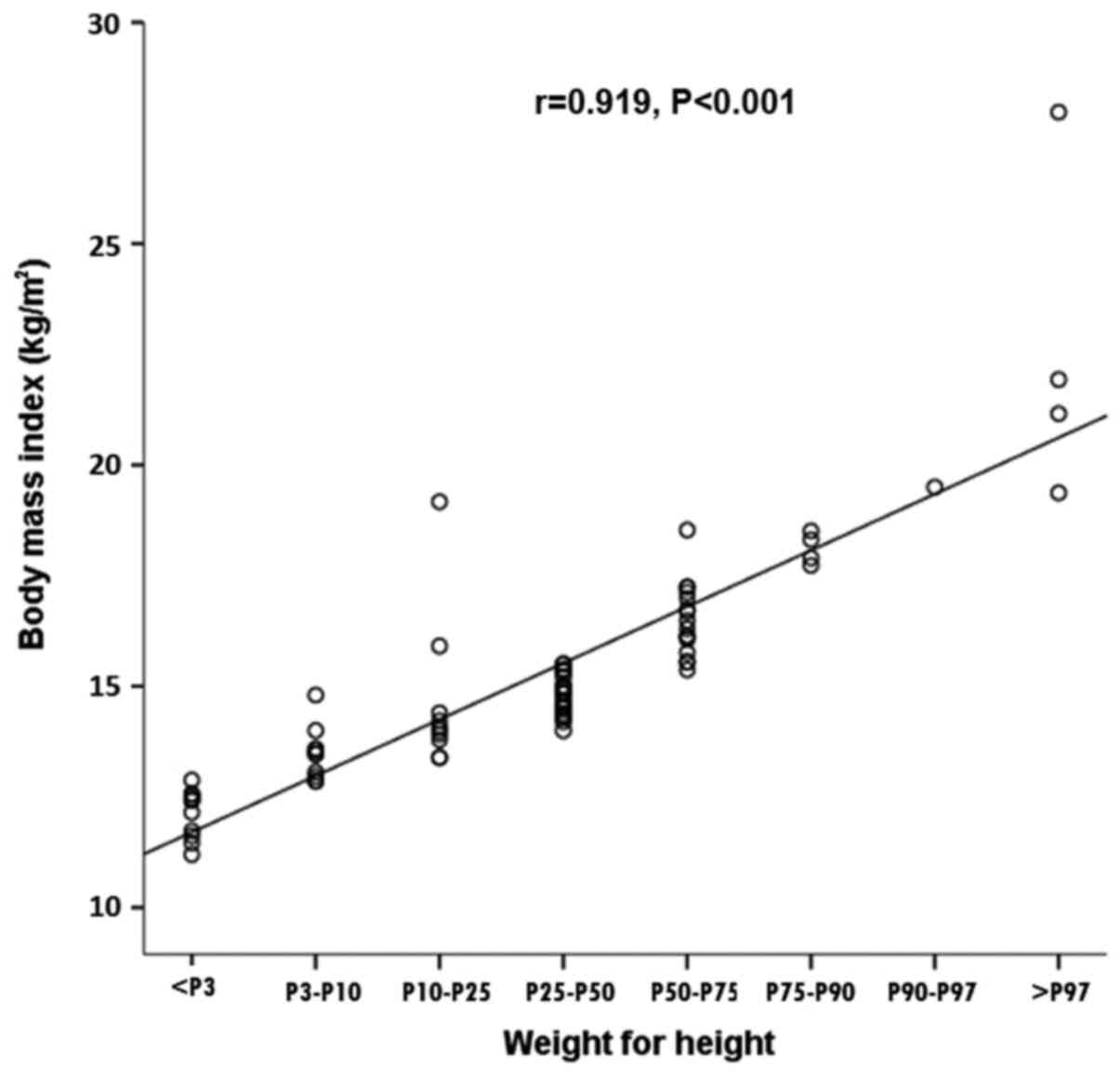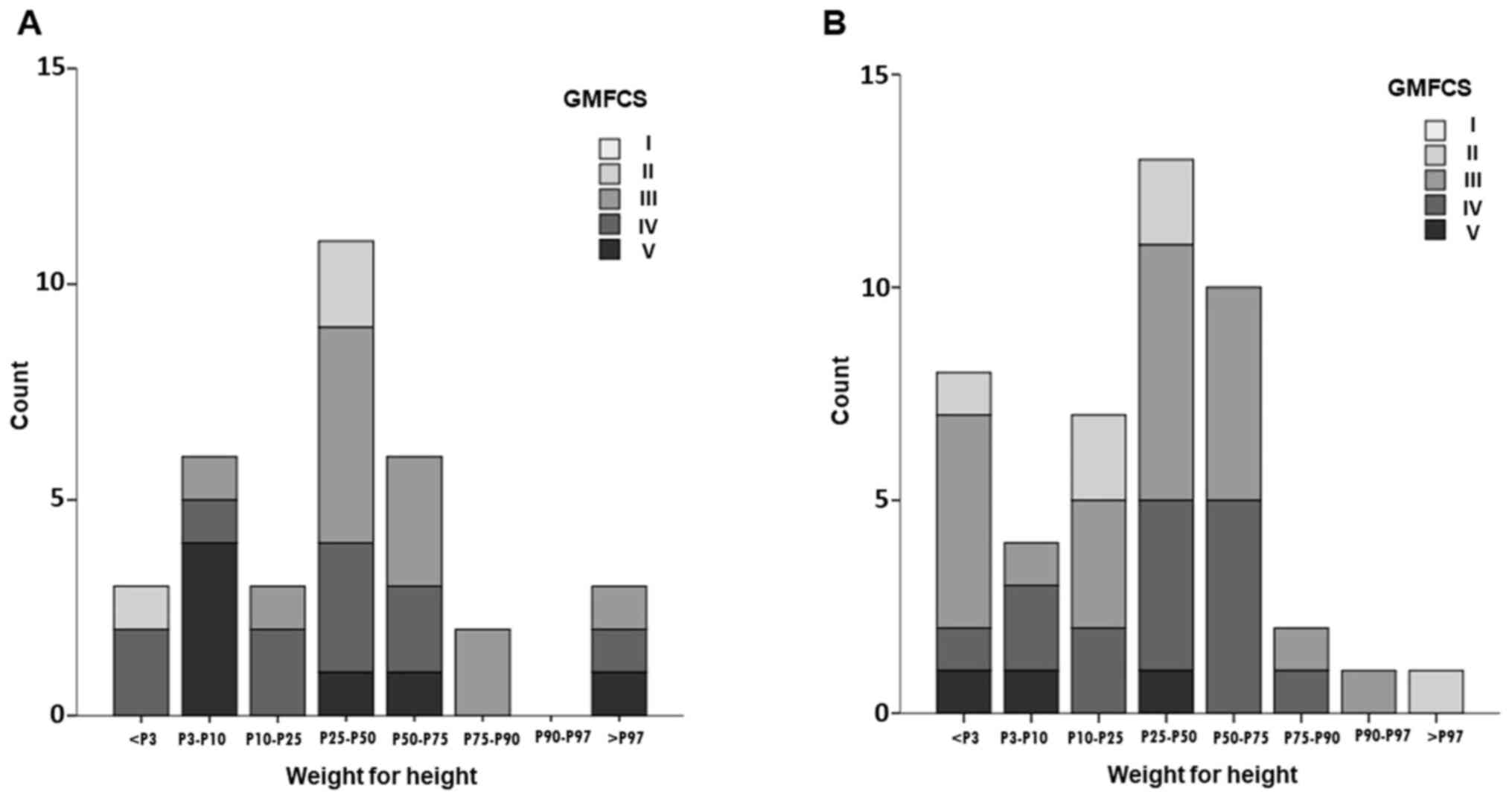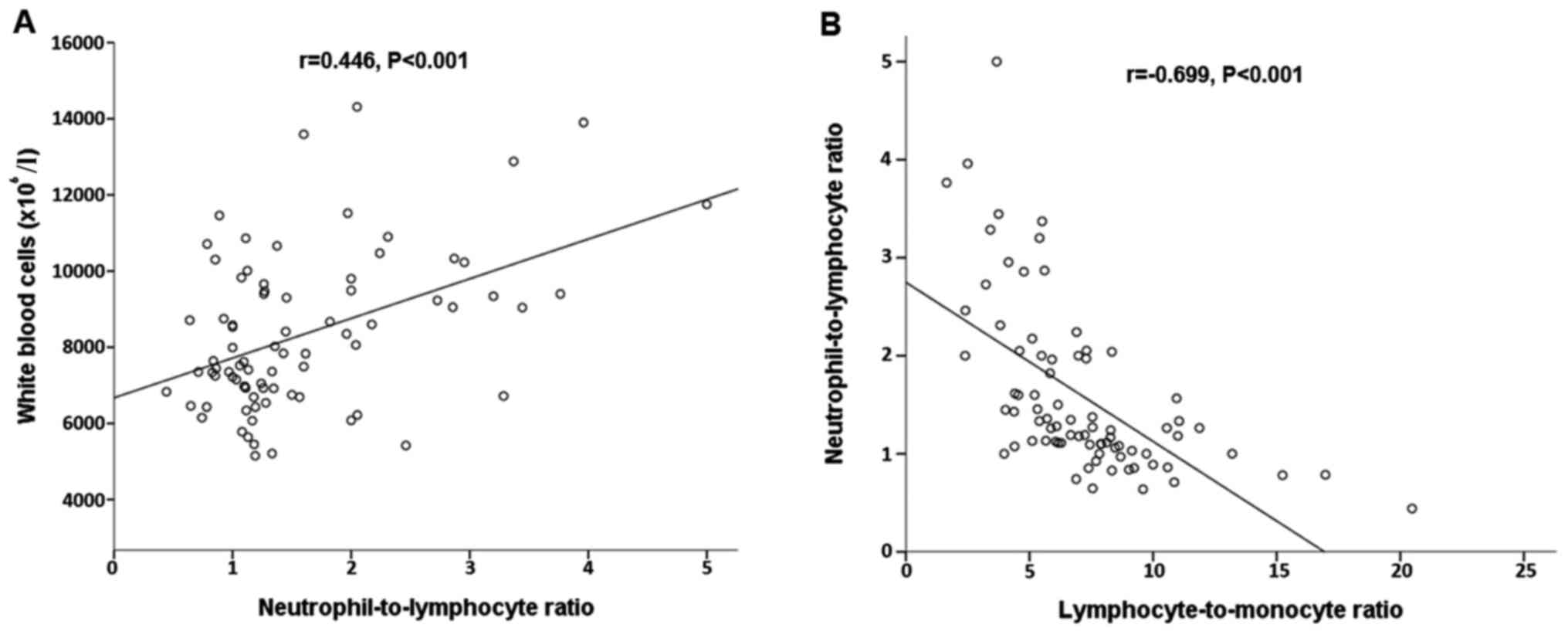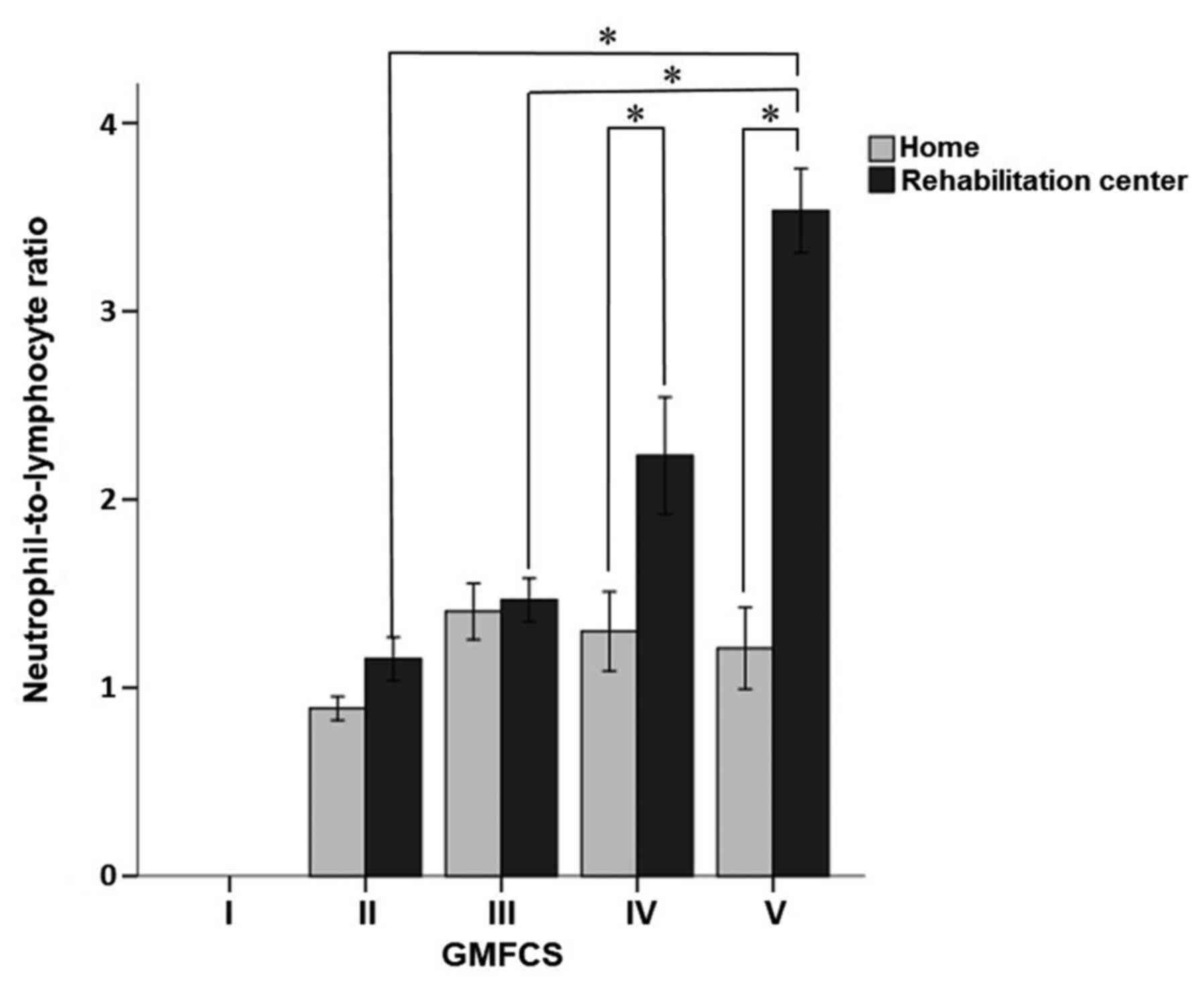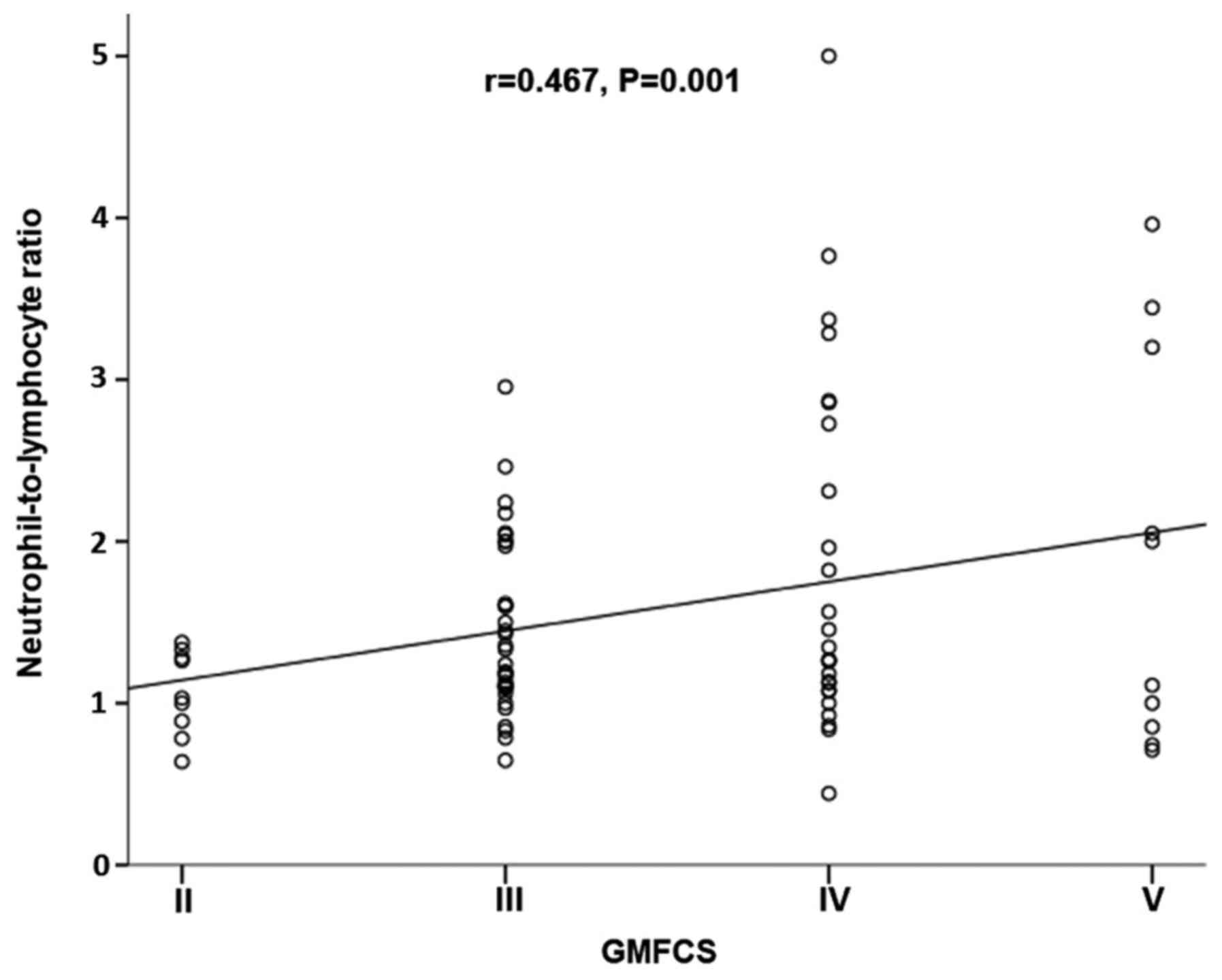|
1
|
Rattanatharn R and Siriphaosuwankul W:
Back and hip muscles with EMG biofeedback training in diplegic
cerebral palsy to improve balance and gait: A randomized control
trial. Chula Med J. 63:31–39. 2019.
|
|
2
|
Mahasup P and Kanchanomai S: Comparison of
lower extremity range of motion during walking between children
with cerebral palsy and normal children. Chula Med J. 63:171–177.
2019.
|
|
3
|
Gulati S and Sondhi V: Cerebral palsy: An
overview. Indian J Pediatr. 85:1006–1016. 2018.PubMed/NCBI View Article : Google Scholar
|
|
4
|
Kuperminc MN and Stevenson RD: Growth and
nutrition disorders in children with cerebral palsy. Dev Disabil
Res Rev. 14:137–146. 2008.PubMed/NCBI View
Article : Google Scholar
|
|
5
|
Viart P: Hemodynamic findings in servere
protein-calorie malnutrition. Am J Clin Nutr. 30:334–348.
1977.PubMed/NCBI View Article : Google Scholar
|
|
6
|
Cross MB, Yi PH, Thomas CF, Garcia J and
Della Valle CJ: Evaluation of malnutrition in orthopaedic surgery.
J Am Acad Orthop Surg. 22:193–199. 2014.PubMed/NCBI View Article : Google Scholar
|
|
7
|
Fleiss B and Gressens P: Tertiary
mechanisms of brain damage: A new hope for treatment of cerebral
palsy? Lancet Neurol. 11:556–566. 2012.PubMed/NCBI View Article : Google Scholar
|
|
8
|
Magalhaes RC, Moreira JM, Lauar AO, da
Silva AAS, Teixeira AL and E Silva ACS: Inflammatory biomarkers in
children with cerebral palsy: A systematic review. Res Dev Disabil.
95(103508)2019.PubMed/NCBI View Article : Google Scholar
|
|
9
|
Templeton AJ, McNamara MG, Šeruga B,
Vera-Badillo FE, Aneja P, Ocaña A, Leibowitz-Amit R, Sonpavde G,
Knox JJ, Tran B, et al: Prognostic role of neutrophil-to-lymphocyte
ratio in solid tumors: A systematic review and Meta-analysis. J
Natl Cancer Inst. 106(dju124)2014.PubMed/NCBI View Article : Google Scholar
|
|
10
|
Afari ME and Bhat T: Neutrophil to
lymphocyte ratio (NLR) and cardiovascular diseases: An update.
Expert Rev Cardiovasc Ther. 14:573–577. 2016.PubMed/NCBI View Article : Google Scholar
|
|
11
|
Wang L, Wang C, Jia X, Yang M and Yu J:
Relationship between Neutrophil-to-lymphocyte ratio and systemic
lupus erythematosus: A meta-analysis. Clinics (Sao Paulo).
75(e1450)2020.PubMed/NCBI View Article : Google Scholar
|
|
12
|
Alexandru L, Haragus H, Deleanu B, Timar
B, Poenaru DV and Vlad DC: Haematology panel biomarkers for
humeral, femoral, and tibial diaphyseal fractures. Int Orthop.
43:1567–1572. 2019.PubMed/NCBI View Article : Google Scholar
|
|
13
|
Kaya T, Açıkgöz SB, Yıldırım M, Nalbant A,
Altaş AE and Cinemre H: Association between
neutrophil-to-lymphocyte ratio and nutritional status in geriatric
patients. J Clin Lab Anal. 33(e22636)2019.PubMed/NCBI View Article : Google Scholar
|
|
14
|
Sato Y, Gonda K, Harada M, Tanisaka Y,
Arai S, Mashimo Y, Iwano H, Sato H, Ryozawa S, Takahashi T, et al:
Increased Neutrophil-to-lymphocyte ratio is a novel marker for
nutrition, inflammation and chemotherapy outcome in patients with
locally advanced and metastatic esophageal squamous cell carcinoma.
Biomed Rep. 7:79–84. 2017.PubMed/NCBI View Article : Google Scholar
|
|
15
|
Sharif Azar E, Ravanbakhsh M, Torabipour
A, Amiri E and Haghighyzade MH: Home-based versus center-based care
in children with cerebral palsy: A cost-effectiveness analysis. J
Med Life. 8:245–251. 2015.PubMed/NCBI
|
|
16
|
Stevenson RD: Use of segmental measures to
estimate stature in children with cerebral palsy. Arch Pediatr
Adolesc Med. 149:658–662. 1995.PubMed/NCBI View Article : Google Scholar
|
|
17
|
de Onis M and Blössner M: The world health
organization global database on child growth and malnutrition:
Methodology and applications. Int J Epidemiol. 32:518–526.
2003.PubMed/NCBI View Article : Google Scholar
|
|
18
|
CanChild: Gross Motor Function
Classification System-Expanded and Revised (GMFCS-E&R).
CanChild, Hamilton, ON, 2019. urihttps://canchild.ca/en/resources/42-gross-motor-function-classification-system-expanded-revised-gmfcs-e-rsimplehttps://canchild.ca/en/resources/42-gross-motor-function-classification-system-expanded-revised-gmfcs-e-r.
Accessed September 30, 2020.
|
|
19
|
Khan S, Zaheer S and Safdar NF:
Determinants of stunting, underweight and wasting among children
<5 years of age: Evidence from 2012-2013 Pakistan demographic
and health survey. BMC Public Health. 19(358)2019.PubMed/NCBI View Article : Google Scholar
|
|
20
|
Henderson RC, Grossberg RI, Matuszewski J,
Menon N, Johnson J, Kecskemethy HH, Vogel L, Ravas R, Wyatt M,
Bachrach SJ and Stevenson RD: Growth and nutritional status in
residential center versus home-living children and adolescents with
quadriplegic cerebral palsy. J Pediatr. 151:161–166.
2007.PubMed/NCBI View Article : Google Scholar
|
|
21
|
Kurt-Mangold ME, Grieme CV, Krasowski MD
and Rosenthal NS: Clinical utility of ordered pathology blood smear
reviews-an overused resource? Clin Lab. 64:99–104. 2018.PubMed/NCBI View Article : Google Scholar
|
|
22
|
Barnes PW, McFadden SL, Machin SJ and
Simson E: The international consensus group for hematology review:
Suggested criteria for action following automated CBC and WBC
differential analysis. Lab Hematol. 11:83–90. 2005.PubMed/NCBI View Article : Google Scholar
|
|
23
|
Zahorec R: Ratio of neutrophil to
lymphocyte Counts-rapid and simple parameter of systemic
inflammation and stress in critically ill. Bratisl Lek Listy.
102:5–14. 2001.PubMed/NCBI(In En, Slovak).
|
|
24
|
Li H, Zhao Y and Zheng F: Prognostic
significance of elevated preoperative neutrophil-to-lymphocyte
ratio for patients with colorectal cancer undergoing curative
surgery: A Meta-analysis. Medicine (Baltimore).
98(e14126)2019.PubMed/NCBI View Article : Google Scholar
|
|
25
|
Wang Y, Peng C, Cheng Z, Wang X, Wu L, Li
J, Huang C, Guo Q and Cai H: The prognostic significance of
preoperative Neutrophil-lymphocyte ratio in patients with
hepatocellular carcinoma receiving hepatectomy: A systematic review
and meta-analysis. Int J Surg. 55:73–80. 2018.PubMed/NCBI View Article : Google Scholar
|
|
26
|
Nakamura N, Kinami S, Tomita Y, Miyata T,
Fujita H, Takamura H, Ueda N and Kosaka T: The
neutrophil/lymphocyte ratio as a predictor of successful conversion
surgery for stage IV gastric cancer: A retrospective study. BMC
Cancer. 20(363)2020.PubMed/NCBI View Article : Google Scholar
|
|
27
|
Tang H, Lu W, Li B, Li C, Xu Y and Dong J:
Prognostic significance of neutrophil-to-lymphocyte ratio in
biliary tract cancers: A systematic review and Meta-analysis.
Oncotarget. 8:36857–36868. 2017.PubMed/NCBI View Article : Google Scholar
|
|
28
|
Tang H, Li B, Zhang A, Lu W, Xiang C and
Dong J: Prognostic significance of Neutrophil-to-lymphocyte ratio
in colorectal liver metastasis: A systematic review and
Meta-analysis. PLoS One. 11(e0159447)2016.PubMed/NCBI View Article : Google Scholar
|
|
29
|
Kuang ZS, Yang YL, Wei W, Wang JL, Long
XY, Li KY, Li KY, Tong CY, Sun Z and Song ZJ: Clinical
characteristics and prognosis of community-acquired pneumonia in
autoimmune disease-induced immunocompromised host: A retrospective
observational study. World J Emerg Med. 11:145–151. 2020.PubMed/NCBI View Article : Google Scholar
|
|
30
|
Krishnan A, Hsu J, Ha JS, Broderick SR,
Shah PD, Higgins RS, Merlo CA and Bush EL: Elevated neutrophil to
lymphocyte ratio is associated with poor long-term survival and
graft failure after lung transplantation. Am J Surg: Apr 18, 2020
(Epub ahead of print).
|
|
31
|
O'Shea TM, Allred EN, Kuban KC, Dammann O,
Paneth N, Fichorova R, Hirtz D and Leviton A: Extremely Low
Gestational Age Newborn (ELGAN) Study Investigators. Elevated
concentrations of Inflammation-related proteins in postnatal blood
predict severe developmental delay at 2 years of age in extremely
preterm infants. J Pediatr. 160:395–401.e4. 2012.PubMed/NCBI View Article : Google Scholar
|
|
32
|
Cavarsan CF, Gorassini MA and Quinlan KA:
Animal models of developmental motor disorders: Parallels to human
motor dysfunction in cerebral palsy. J Neurophysiol. 122:1238–1253.
2019.PubMed/NCBI View Article : Google Scholar
|
|
33
|
Malaeb S and Dammann OL: Fetal
inflammatory response and brain injury in the preterm newborn. J
Child Neurol. 24:1119–1126. 2009.PubMed/NCBI View Article : Google Scholar
|
|
34
|
Novak I, Morgan C, Adde L, Blackman J,
Boyd RN, Brunstrom-Hernandez J, Cioni G, Damiano D, Darrah J,
Eliasson AC, et al: Early, accurate diagnosis and early
intervention in cerebral palsy: Advances in diagnosis and
treatment. JAMA Pediatr. 171:897–907. 2017.PubMed/NCBI View Article : Google Scholar
|
|
35
|
Leviton A, Kuban K, O'Shea TM, Paneth N,
Fichorova R, Allred EN and Dammann O: The relationship between
early concentrations of 25 blood proteins and cerebral white matter
injury in preterm newborns: The ELGAN study. J Pediatr.
158:897–903.e1-e5. 2011.PubMed/NCBI View Article : Google Scholar
|
|
36
|
Kuban KC, O'Shea TM, Allred EN, Paneth N,
Hirtz D, Fichorova RN and Leviton A: ELGAN Study Investigators.
Systemic inflammation and cerebral palsy risk in extremely preterm
infants. J Child Neurology. 29:1692–1698. 2014.PubMed/NCBI View Article : Google Scholar
|
|
37
|
Kadhim H, Tabarki B, Verellen G, De Prez
C, Rona AM and Sébire G: Inflammatory cytokines in the pathogenesis
of periventricular leukomalacia. Neurology. 56:1278–1284.
2001.PubMed/NCBI View Article : Google Scholar
|















